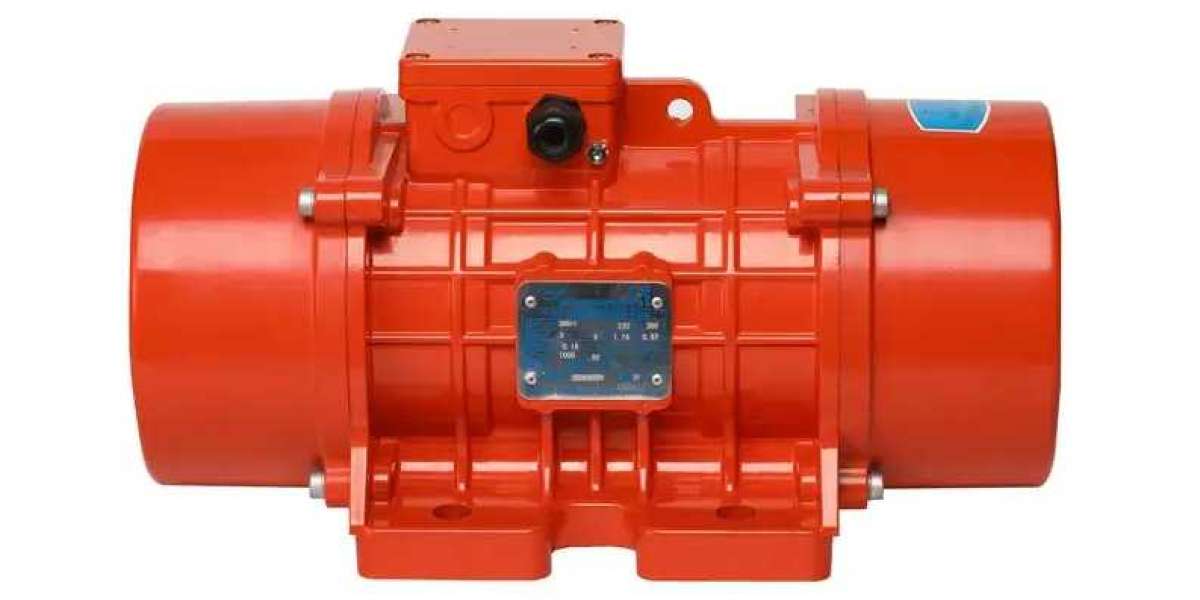Industrial Vibration Motor are crucial components used in a variety of applications across different sectors. These motors generate vibrations that facilitate various processes such as material handling, separation, and conveying, making them indispensable in industrial settings. Understanding the basic principles and applications of these motors can provide valuable insights into their role in enhancing industrial operations.
Industrial vibration motors operate on the principle of converting electrical energy into mechanical vibration. These motors typically consist of an electric motor and an unbalanced mass attached to the motor shaft. When the motor runs, the unbalanced mass creates a centrifugal force, resulting in vibrations. The intensity and frequency of these vibrations can be adjusted by varying the speed of the motor or changing the mass of the unbalanced weight.
One of the primary applications of industrial vibration motors is in material handling. Vibratory feeders and conveyors use these motors to move materials along production lines. The vibrations cause the materials to move forward, facilitating continuous and efficient material flow. This is particularly useful in industries such as food processing, pharmaceuticals, and manufacturing, where consistent material handling is crucial.
In addition to material handling, vibration motors are used in screening and sorting processes. Vibratory screens equipped with these motors can separate materials based on size and weight, ensuring that only the desired particles pass through the screen. This application is common in mining, construction, and recycling industries, where precise sorting of materials is essential.
Moreover, industrial vibration motors are employed in compaction and densification processes. In construction, for instance, vibrating compactors are used to settle and densify concrete and asphalt, ensuring a stable and durable surface. Similarly, in packaging, vibration motors help in compacting powdered or granular materials into containers, optimizing space and improving stability during transportation.
Maintenance and operational efficiency are key considerations when using industrial vibration motors. Regular inspection and maintenance of these motors are essential to ensure their longevity and optimal performance. Proper lubrication, checking for wear and tear, and ensuring secure mounting are some of the maintenance practices that can help in avoiding operational disruptions.
In conclusion, industrial vibration motors play a significant role in enhancing the efficiency of various industrial processes. From material handling and separation to compaction and packaging, these motors provide reliable and effective solutions. Understanding their operation, applications, and maintenance requirements is crucial for optimizing their use in industrial settings.








